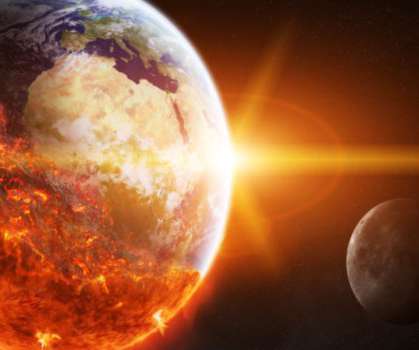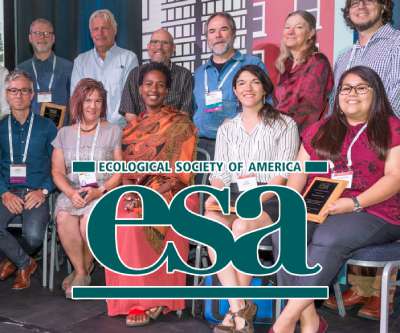2021-2022 California Environmental Legislation: What’s Been Enacted?
Legal Planet
OCTOBER 10, 2022
To meet these goals, the state is facilitating burgeoning carbon capture and sequestration (or storage) (CCS) technologies that capture carbon from point sources to store, as well as carbon dioxide removal (CDR), which removes carbon from the atmosphere. Two new laws address this issue on different fronts. A Few Notable Vetoes.













Let's personalize your content